Sticker design trends for 2025
Sticker Mule द्वारा इस को पोस्ट किया गया
Everybody loves stickers. If you're a millennial you likely collected and traded stickers with friends growing up. If you're in Gen Z you may love stickers as a form of personal expression. And if you're a Boomer or Gen Xer, you probably love the nostalgia of a well-designed sticker.
That's why smart brands are turning to stickers in their marketing toolkit. While a lot of hype these days is around "digital stickers" on messaging apps and social media platforms, there's nothing quite like a good old-fashioned physical sticker.
Whether you're looking to build your personal brand or a company brand, stickers are one of the best ways to connect, promote, and express yourself. A well-designed sticker, especially on premium material, can become a keepsake, cement brand loyalty, enhance unboxing experiences, and drive social media engagement.
At Sticker Mule, we work with some of the world's most talented sticker designers every day. Here are the top sticker design trends we’re seeing for 2025.
Top sticker design trends for 2025:
1. Retro revival
After all these years, retro-inspired design can no longer be called just a trend. It's become a timeless style with recognizable characteristics that are staples in graphic design. While the actual definition of what exactly "retro" means constantly changes as the population ages, retro designs will always be with us as long as humans have memories.
One of the things that makes retro so powerful as a style is its versatility. Every era has its own unique footprint design-wise, which gives you as a designer a wealth of time-tested elements to choose from. If asked to name a "retro color palette," most designers could respond without much hesitation.
The same goes for typography, illustration styles, shapes, patterns, and more. Rather than leaning into clichés, designers have embraced a hybrid approach, blending modern, contemporary elements with retro-inspired aesthetics to create their own unique style.
In the world of stickers, retro characters remain incredibly popular, serving as a valuable asset for brands looking to enrich their branding toolkit. Similarly, 70s-inspired typography is another widely used and beloved element in retro design.
2. Halftone patterns
Halftones have evolved far beyond their printing origins to become a dynamic design element that adds depth, texture, and a distinctive visual appeal. This technique—creating gradients and shading through patterns of dots—can infuse designs with vintage charm or a contemporary edge. While halftones were once relegated to serving as subtle textures, in 2025 we'll see them used more and more as bold, primary design elements that can transform simple illustrations into striking works of art.
In sticker design, halftones offer unique advantages. They can serve as a unifying feature, linking individual stickers into a cohesive set. By incorporating halftone patterns into each sticker, the designs feel instantly connected, creating a sense of continuity and harmony. This makes halftones a powerful asset for adding depth and cohesion to your designs.
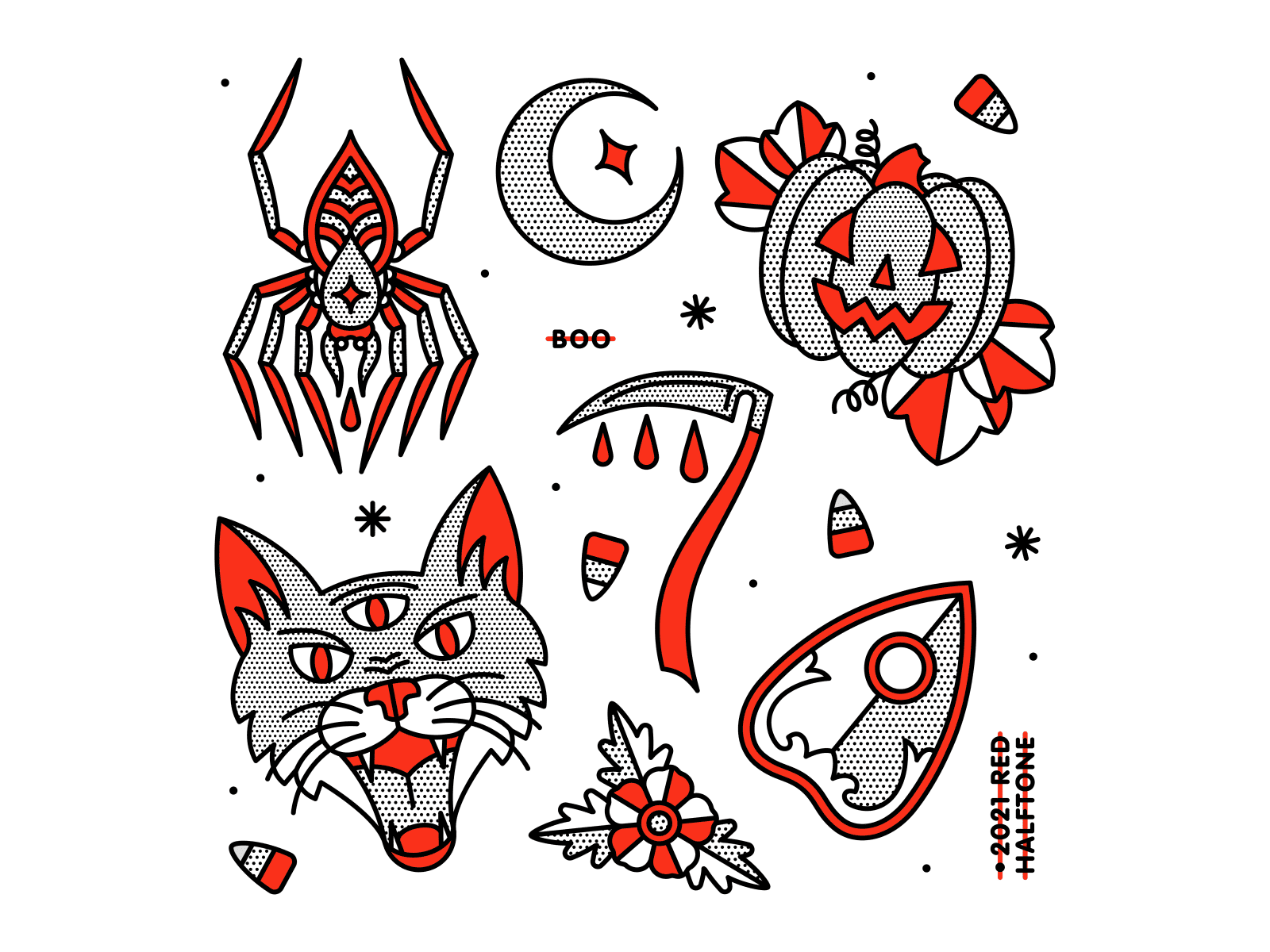
3. Holographic magic
Holographic stickers are becoming increasingly popular, adding a mesmerizing "shimmer" to what might be an otherwise mundane design. Their shifting colors make them ideal for product packaging, laptop decorations, and brand promotions that demand attention and an extra touch of uniqueness.
In the wrong designers' hands holographic or glitter stickers can become gratuitous or gimmicky, but gifted designers are finding ways to use the added dimension to create unique pieces of art. That's why all kinds of industries like online retail, fintech startups, and luxury brands are embracing them. A badge or label on holographic material instantly feels premium and special—something a plain white sticker struggles to achieve and a digital sticker can never match.
It’s no coincidence that gradients have become more prominent in design recently, and holographic stickers are a perfect way to bring a digital, futuristic feel into physical stickers. Their ability to blend aesthetic appeal with functionality makes them a standout choice in 2025.
4. Hand-drawn illustrations
While some design companies are touting "AI generated design" as an emerging trend, we're going to be contrarians on that one.
Yes, more and more brands will be turning to AI to produce art, but we believe the landscape will be so flooded with derivative and soulless "art" that the differentiation will not be which art is the most technically flawless, but which art is the most "human". So don't throw out your graphite pencils and paint canvases just yet—you'll need them.
It's the unmistakably human touch of hand-drawn illustrations which makes them special. Even a child's drawing conveys a sense of authenticity and a heartfelt connection that computer-generated art cannot replicate. As an designer, your art isn't about technical prowess, it's about the collective experience and expertise you've built.
As Coca-Cola learned the hard way, even if modern AI has conquered the uncanny valley from a visual perspective, it's interesting to see how Coca-Cola's customers instinctively recoiled and even felt a sense of betrayal with their 100% AI ad. As we see more and more of this, humans will crave authenticity and genuine, heartfelt connections. Smart brands will seek out artists to tell their brand story. Collaborations between brands and artists are becoming increasingly popular, resulting in limited-edition sticker collections that generate excitement and become collectible items.
What makes hand-drawn illustrations perfect is their imperfection. Each design reflects your unique style, personality, and character as an artist, creating a connection that perfectly polished vector designs can't match. Small businesses, in particular, are embracing this trend to highlight their artisanal nature and support local artists.
Die-cut stickers are a particularly good choice for letting your hand-drawn illustrations live "out of the box".
5. Minimalism
Minimalism is a broad concept in graphic design, but a specific trend gaining traction this year is the use of simplistic, single-color designs. These include illustrations, typographic pieces, and minimalist logos. Counterintuitively, simple designs often deliver a stronger message and leave a lasting impact. "Less is more" has never been more valid than in today's world of information overload.
While adding details can enhance designs in some cases, removing clutter is a powerful way to sharpen your message. For example, turning a black-and-white version of your logo into a sticker can be an effective way to promote your brand or cause.
As designers, it’s easy to fall into the trap of overloading a design with elements, thinking that more detail enriches it. However, avoiding dense layouts can be a refreshing change for viewers. To stay on-trend with minimalism, focus on simplicity—keep it clean and "minimal".
6. All that glitters
As with holographic stickers, we're seeing a resurgence in creators interested in Glitter stickers. Glitter stickers literally let you add a "sparkle" to your sticker designs.
Consumers love them. An attractive glitter sticker can help their laptops, phone cases, and water bottles stand out with brilliant iridescence when light shines on them, giving them a nice conversation piece (and bragging rights) among their friends.
One of their standout features is the ability to apply the sparkle effect selectively—whether it's highlighting specific elements of a logo or creating bold, fully glittered backgrounds. This flexibility allows you to maintain a brand's visual identity while adding just the right amount of shine to make your designs stand out.
Brands worldwide are leveraging glitter stickers to elevate their packaging and promotional materials. Their attention-grabbing nature makes them ideal for special edition products, seasonal campaigns, and creating share-worthy moments on social media.
7. Custom face stickers
Personal branding is taking center stage in 2025, with entrepreneurs and businesses putting their faces front and center through custom stickers. This shift from traditional corporate logos to personal representation is redefining how brands connect with their audiences. By literally "putting their face on it," business owners convey confidence in their products and services while building trust with customers.
The trend of custom face stickers aligns with a broader push for authenticity in business. Whether it’s a chef featuring an illustrated portrait on product packaging, a realtor using face stickers in marketing materials, or a content creator adding their likeness to merchandise, these personal touches help create immediate emotional connections. Die-cut stickers work particularly well for maintaining the natural shape of the image, while sticker sheets showcasing different expressions allow brands to convey various moods and personalities across touchpoints.
This approach reinforces that there's a real person behind the brand who believes in what they’re selling. It’s especially impactful on social media, where followers can match the face on purchased products to the person they’ve been engaging with online, bridging the gap between digital and physical brand experiences.
To make the process easier our free tool, Print, quickly transforms your image into a printed product without the need for professional software. Need to remove a photo background? Try our Trace tool—it gets the job done in seconds.
8. Gradients
In 2024, we saw gradients make a major comeback, appearing across all types of design touchpoints—from illustrations to websites. They’ve even re-emerged as integral elements of brand identities, not just temporary campaign visuals. It’s clear that gradients are here to stay for the foreseeable future, and likely well beyond.
It’s fascinating to see how design elements that fall out of favor—becoming almost "taboo" in the design community—can so quickly return and feel fresh again. This cycle has happened with sans-serif typography (still a go-to for many designers), isometric elements, flat design, low-poly visuals, and more. While gradients never fully disappeared, their resurgence has been undeniable—and we expect them to become even more prominent in 2025.
Although gradients work beautifully in digital designs, they can also enhance print projects, especially if you find a high-quality printer that can reproduce your colors faithfully (like us!). A gradient often adds depth and excitement to a design, making it far more dynamic than a flat, solid color. Incorporating gradients into your work can breathe new life into your visuals—you might be surprised by the impact they can have!
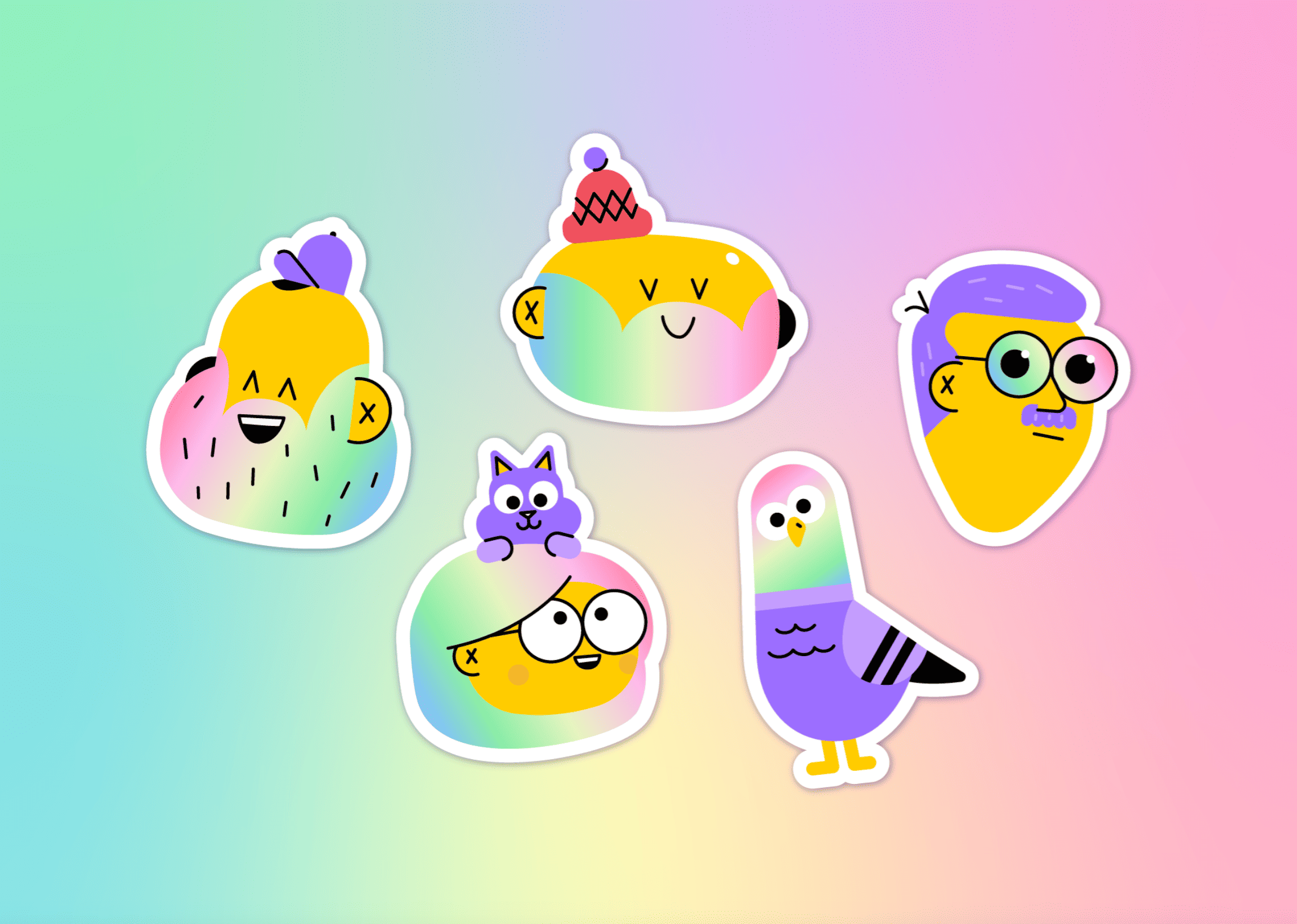
9. Custom typography
Letter stickers, mostly produced as die cut stickers, are popular as always. From vinyl letters to rounded corner stickers featuring unique fonts, businesses are using custom typography to make bold statements. These designs range from minimalist to elaborate, offering versatile options for brand expression.
The trend extends beyond simple text, with letters incorporating illustrations, patterns, and textures. Some brands are even creating custom alphabets that can be mixed and matched, allowing customers to craft personalized messages. The resurgence of hand-lettering and calligraphy has further influenced this trend, adding an artistic and human touch to text-based stickers.
Hand-drawn lettering has been a favorite for years, and when executed well, it continues to be a powerful tool for businesses and personal brands to communicate through typography.
Retail spaces are using large-format letter stickers for floor graphics and wall graphics, while small businesses are creating custom lettering stickers for packaging and promotional materials. And don't forget about front adhesive stickers, which are perfect for applying to the inside of windows for a clean, professional look.
10. Kawaii
The rising popularity of Kawaii-style stickers highlights how this adorable Japanese aesthetic has become a global phenomenon. Characterized by cute characters with exaggerated features—such as large eyes, tiny mouths, and rounded, baby-like proportions—Kawaii designs have grown far beyond their anime and manga origins.
What makes this trend remarkable is how brands and creators, even those outside traditional Kawaii circles, are embracing and adapting it. It seems that everything from corporate mascots to food items is being transformed into Kawaii characters these days, each with its own personality and universal appeal.
In the sticker world, Kawaii designs have proven to be incredibly versatile. Their cheerful and relatable nature are perfect for personal projects and brand assets alike. Small businesses are leveraging Kawaii mascots to make their brands more approachable, while tech companies are using them in product stickers to add warmth and personality to their corporate image.
The trend has also taken off in the planner and journaling community, where Kawaii stickers help users stay organized while adding a playful touch to their daily routines. What's particularly exciting is how Western designers are blending Kawaii elements with their own cultural influences, creating unique hybrid styles that retain the essential "cute factor" while appealing to a broader audience.
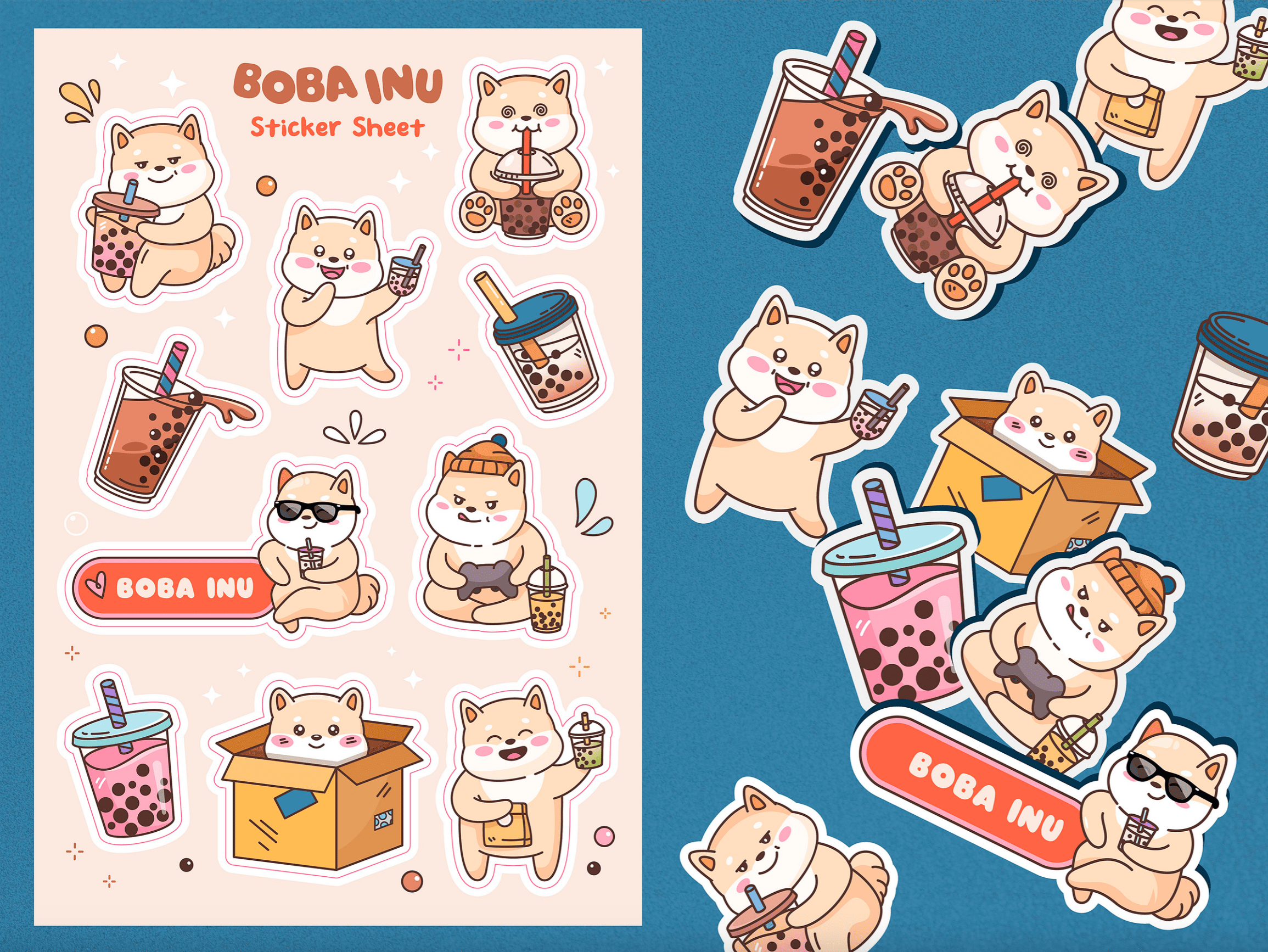
The Future of Sticker Design
We've only touched on a few of the many trends we're seeing for 2025. Of course whether to choose a new trend to follow (or to start your own new trend) depends on your brand and your audience. Talk with them, participate in the online forums they frequent, and find every way you can to step into their shoes to learn what excites, inspires, and motivates them. The most important "trend" to follow is will always be the one that resonates with your audience.
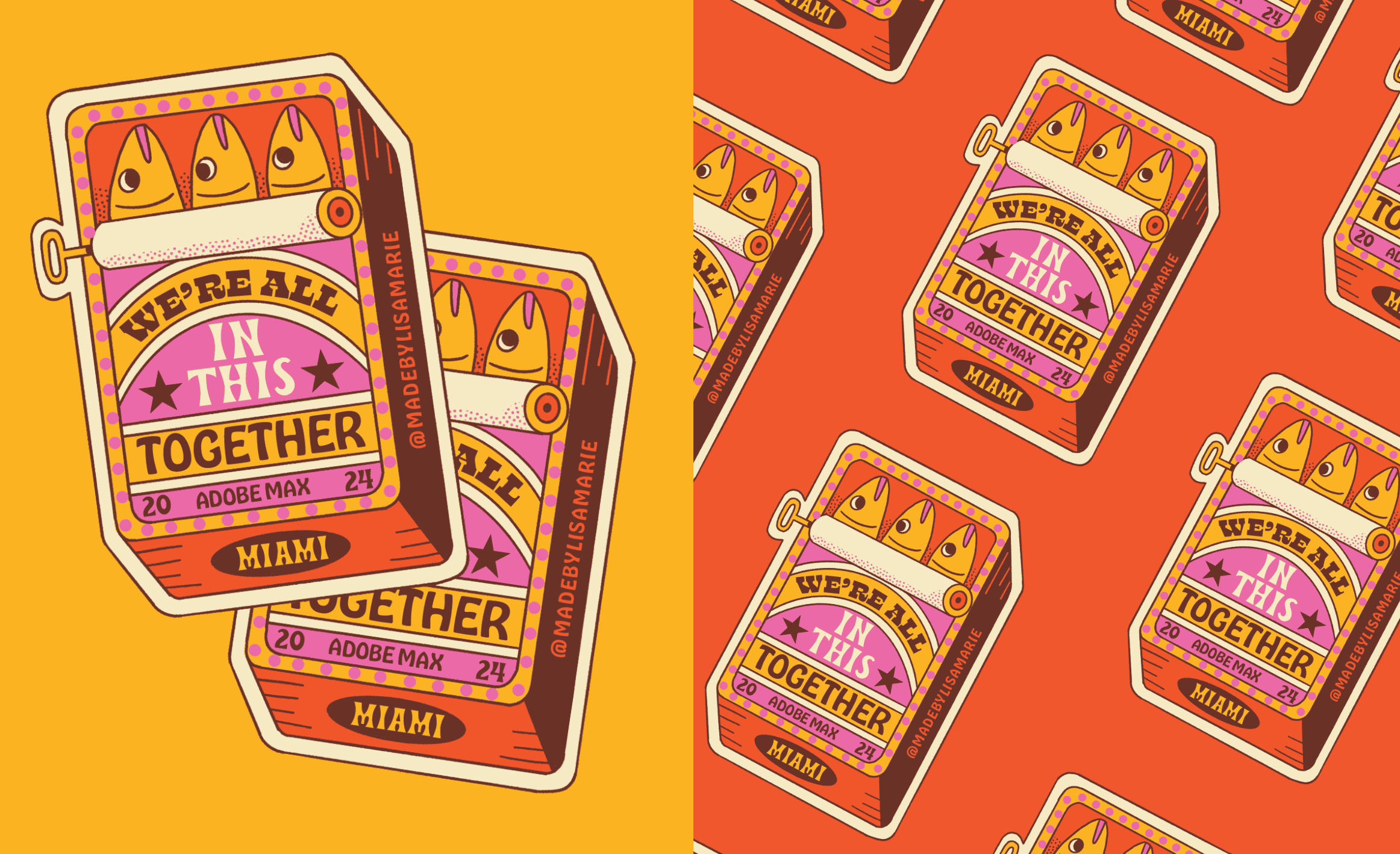
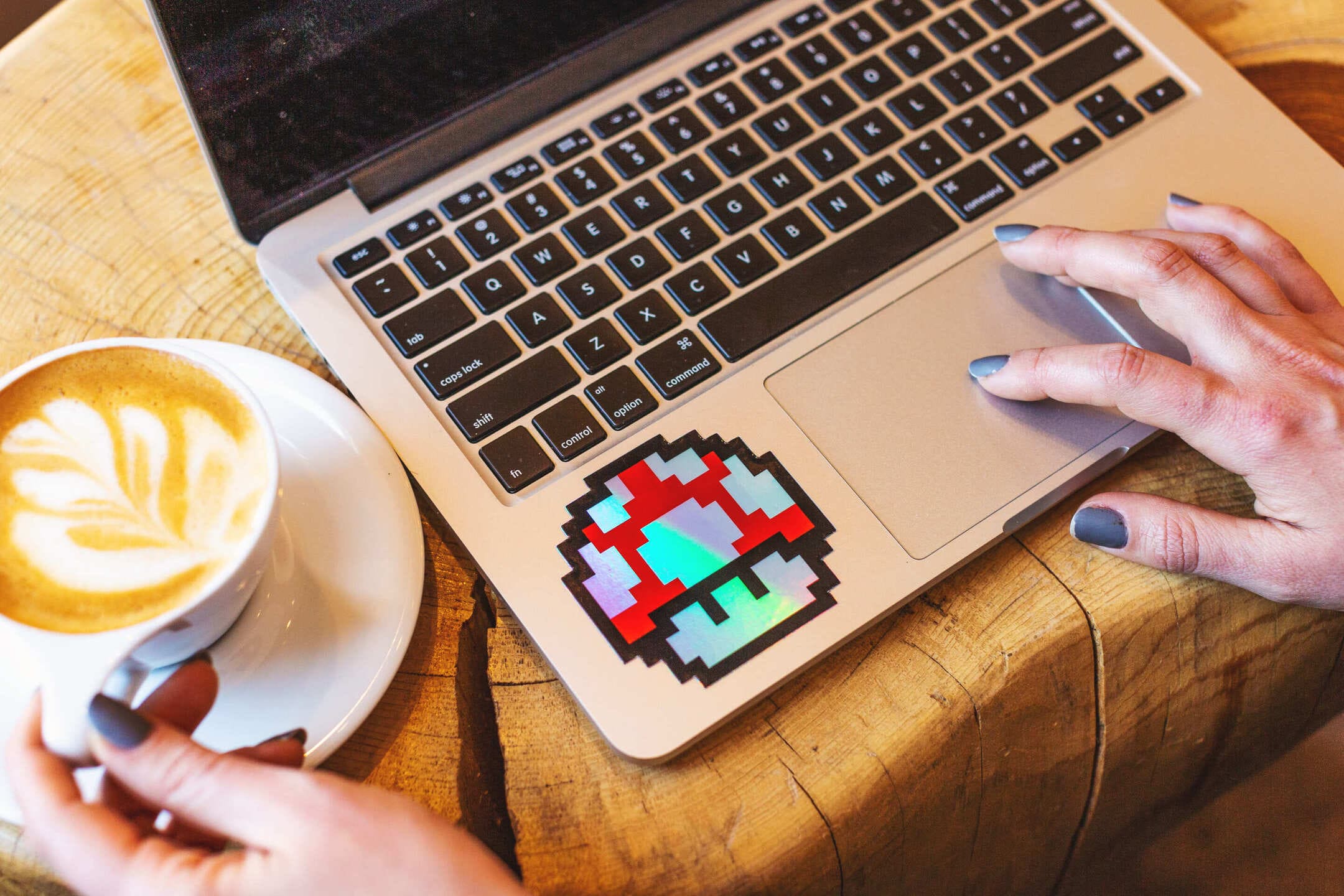
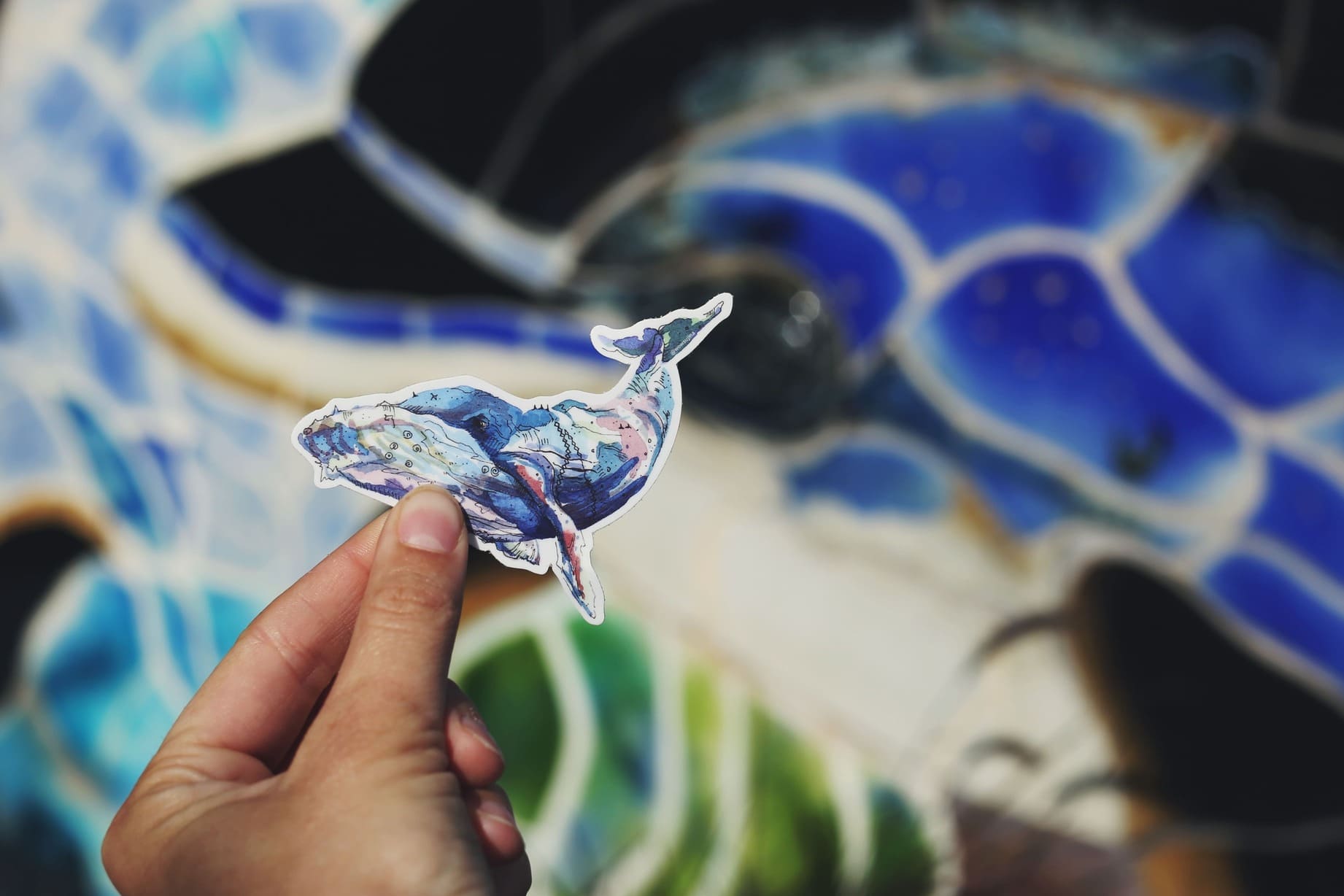
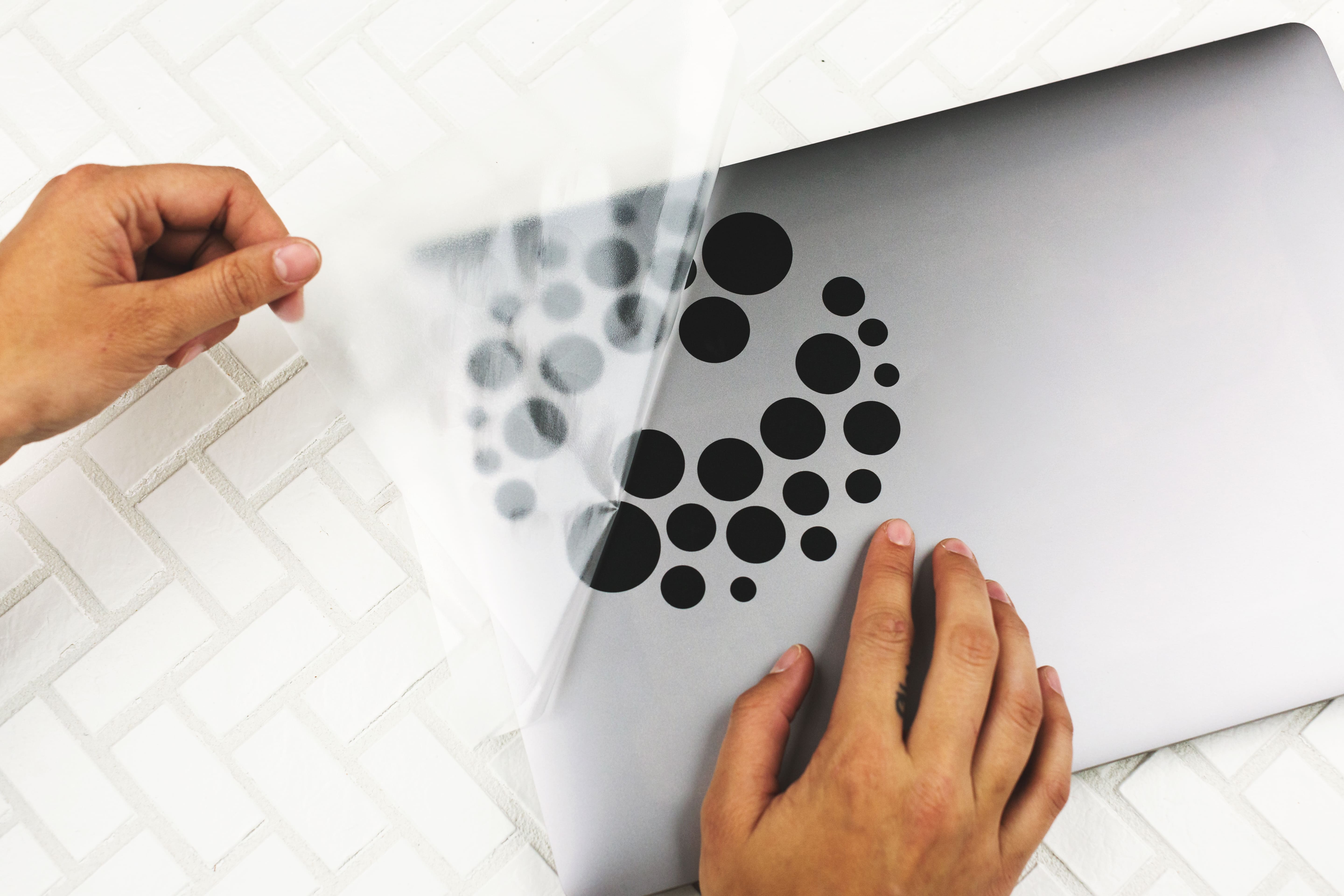
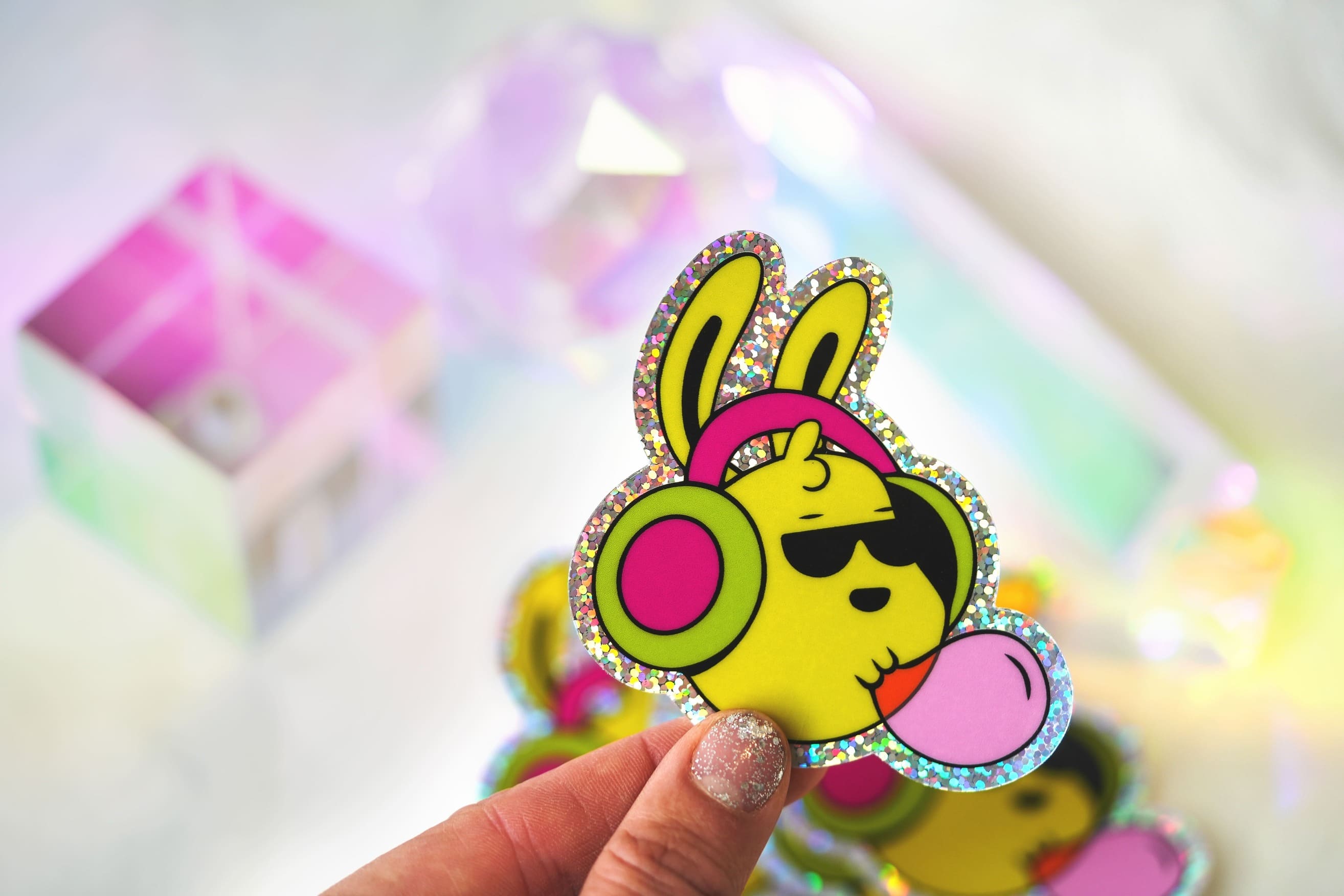
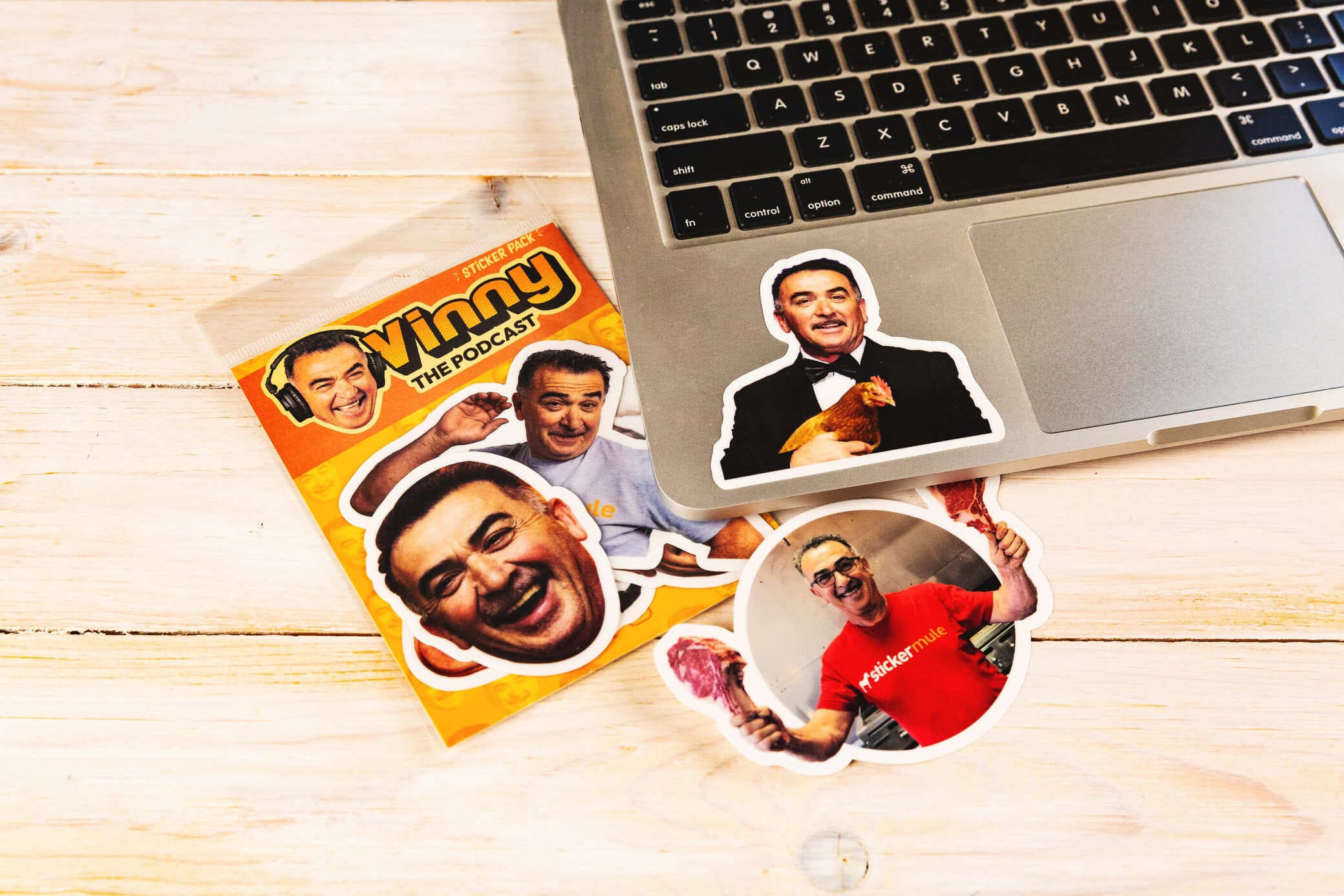
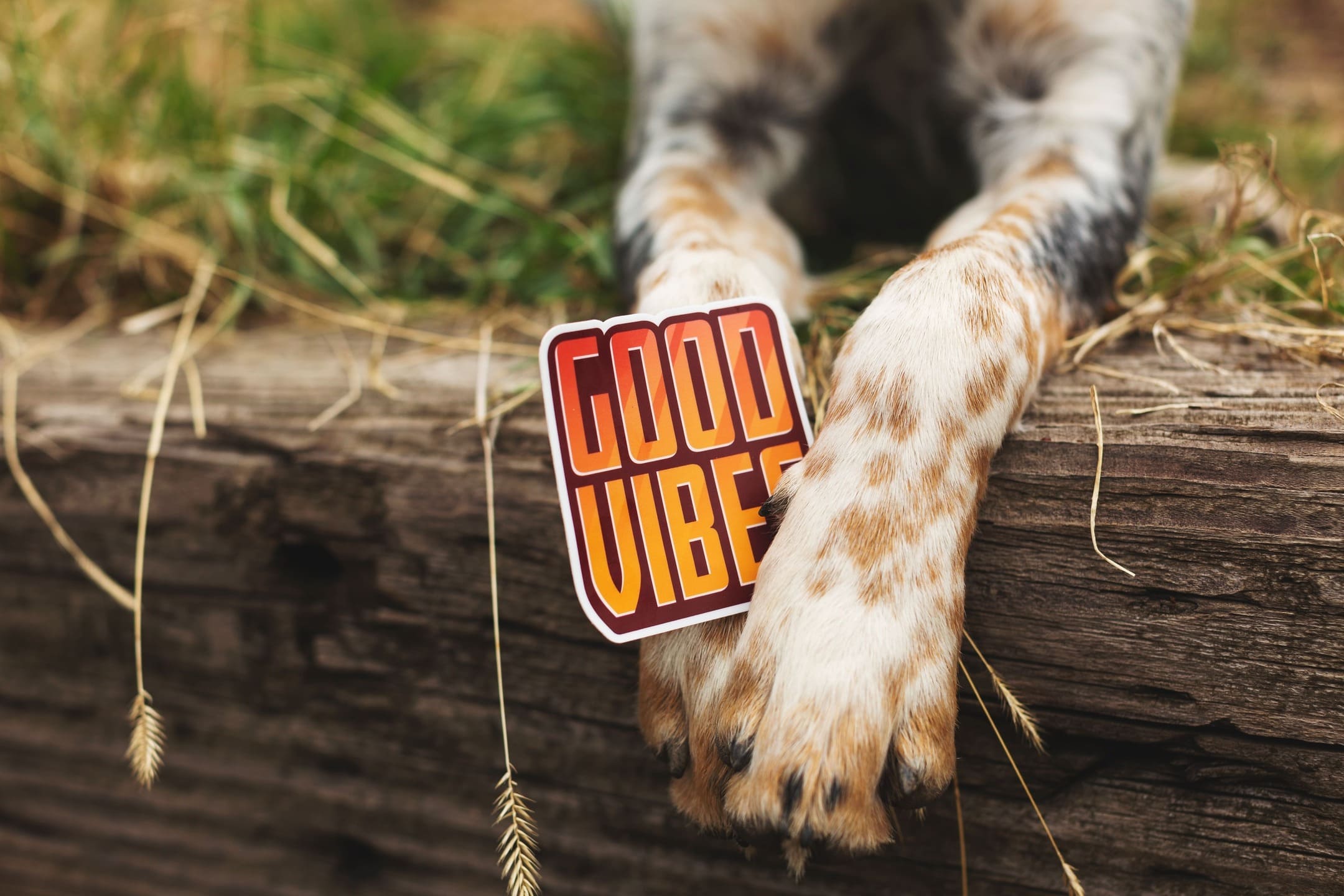
कमैंट्स